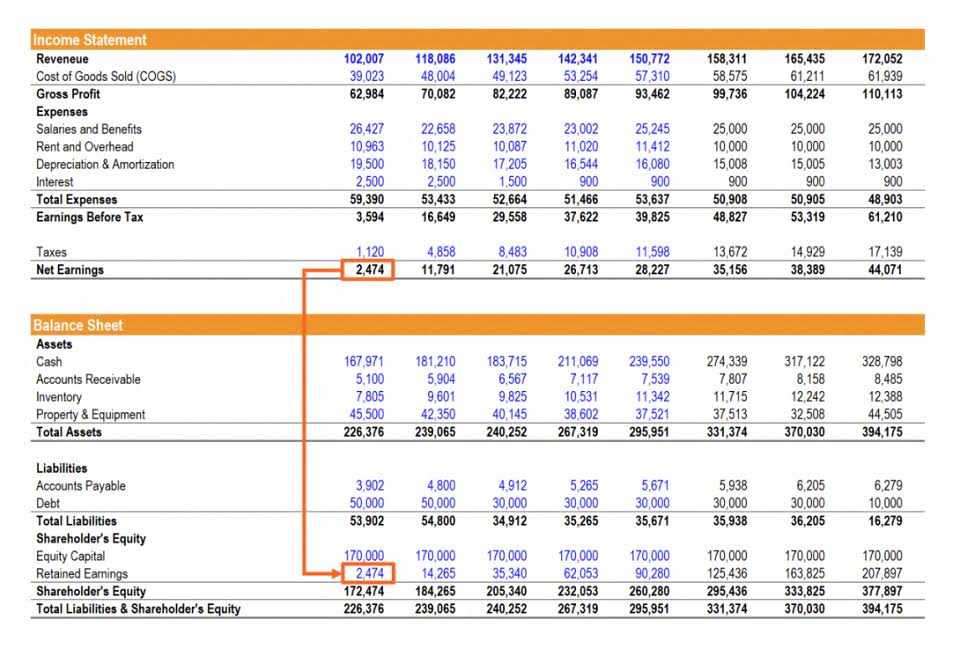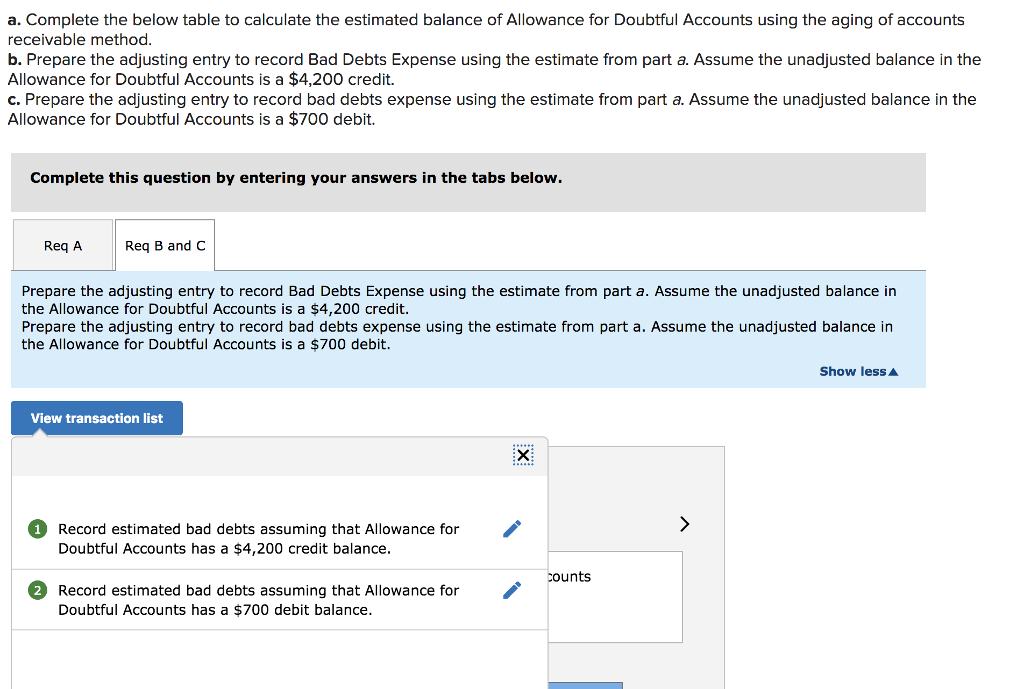
This calculation helps businesses set appropriate prices and manage their production costs more efficiently. By dividing the total cost of production by the number of units produced, one can determine the cost per unit, providing critical data for financial analysis and decision making. A unit cost is the total expenditure spent to produce how to find cost per unit an individual unit of goods or services.
Scale of production
- Companies can evaluate and manage the costs involved in warehousing, fulfillment, and shipping, leading to more efficient logistic operations.
- Obviously, the camera production cost will be more compared to the candle as it involves intricate components and processing steps that require sheer dedication and monitoring.
- Examples of variable costs are raw material costs, production budget, packaging & shipping expenses, and variable overhead spends.
- This blog post defines the cost per unit, explains its components, elaborates on why it is important, and elucidates the strategies to reduce it.
Cost per unit is an important metric as it helps us evaluate many parameters, giving the manufacturers a clear picture of the expenditure with room for improvement. You omnichannel fulfillment partner that’s an extension of your brand, from unboxings to 2-day shipping. One-fourth of online customers return 5-15% of what they purchase, and the retail industry loses about $50 billion in the form of deadstock per year.
Variable Costs
Rakesh Patel, author of two defining books on reverse geotagging, is a trusted authority in routing and logistics. His innovative solutions at Upper Route Planner have simplified logistics for businesses across the board. A thought leader cash flow in the field, Rakesh’s insights are shaping the future of modern-day logistics, making him your go-to expert for all things route optimization. Leverage Upper’s advanced routing algorithms to create the most efficient routes and save big on delivery costs. For a product involving extensive R&D, factoring in those costs is also vital.
Introducing Managed Freight: Putting Customers First and Staying Ahead of the Curve
Therefore, it is best to reassess the important metrics according to your company’s current objectives, requirements, and market landscape. Total revenue is the amount of money your SaaS business can generate in a predefined period. The churn rate is the total number of users who have stopped using your product or canceled their subscription in a defined timeframe. The percentage of revenue in your kitty after COGS are deducted is the gross margin of your SaaS company. It is also worth noting that if a business is earning a profit per unit, it is likely to be profitable overall.
- Technology and automation can improve efficiency and minimize errors, reducing total production expenses and hence, the cost per unit.
- Start with regular cost audits and explore cost-saving measures like waste reduction and energy efficiency.
- That’s why it’s critical for brands to know how much it costs to produce a single unit of a product but also why it’s important to track cost per unit and how it impacts their bottom lines.
- Utilizing advanced technologies to automate and streamline processes can also help.
- Here is how ShipBob can turn your logistics operations into a revenue driver.
Understanding Cost Per Unit: A Comprehensive Guide

Variable costs, on the other hand, are expenses that change as production or sales increase. Direct materials, labor, and shipping costs are examples of fixed costs. A brand would need to buy more leather to produce 1,000 pairs of ice skates compared to 100 pairs of ice skates. Cost per unit plays a crucial role in the day-to-day business operations. Understanding the cost per unit is essential to determine the optimal selling price, gross profit margins, and profitability metrics. Moreover, monitoring the cost per unit over time provides valuable insights into trends and allows for a real-time analysis of costs and revenue.

Forecast for lower supply chain costs
Furthermore, precise calculations can assist in pinpointing opportunities for cost reduction. It can also enhance operational efficiency, contributing to long-term success. In January 2023, 5.4 percent was applicable for the blending rate for that fiscal. However, the increment in the rate to 6 percent would increase the per unit variable cost by Rs 0.226 per unit. Cost per unit is sometimes referred to as “Unit Cost” or “Unit Cost of Production”.
- Cost per unit is sometimes referred to as “Unit Cost” or “Unit Cost of Production”.
- If the total fixed cost is $10 million and the variable cost is $8 million, the total will be $18 million ($10 million + $8 million).
- A method to lower these costs is by leveraging eLogii to optimize delivery routes.
- But to accurately calculate cost per unit, it’s important to understand what is considered fixed costs versus variable costs.
- The breakeven point is the sales volume at which total revenue equals total costs, resulting in no profit or loss.
- It helps you set a minimum price for your products or services that you must charge to cover production costs while preventing losses.

It helps ensure your price per unit Bookstime aligns with CPU to secure profitability. Direct calculation works for businesses with a straightforward cost structure, and distinguishing fixed and variable costs is easy. For example, a small confectionary owner can easily distinguish between fixed costs like rent and salaries and variable costs such as flour, sugar, and labor. Then, it can divide the total costs by the number of confectionary items produced. Cost per unit is a fundamental logistics KPI used in accounting and managerial economics that refers to the average cost incurred for each unit of product manufactured or service delivered. It is a crucial measure for businesses to determine their profitability and analytical capabilities.



